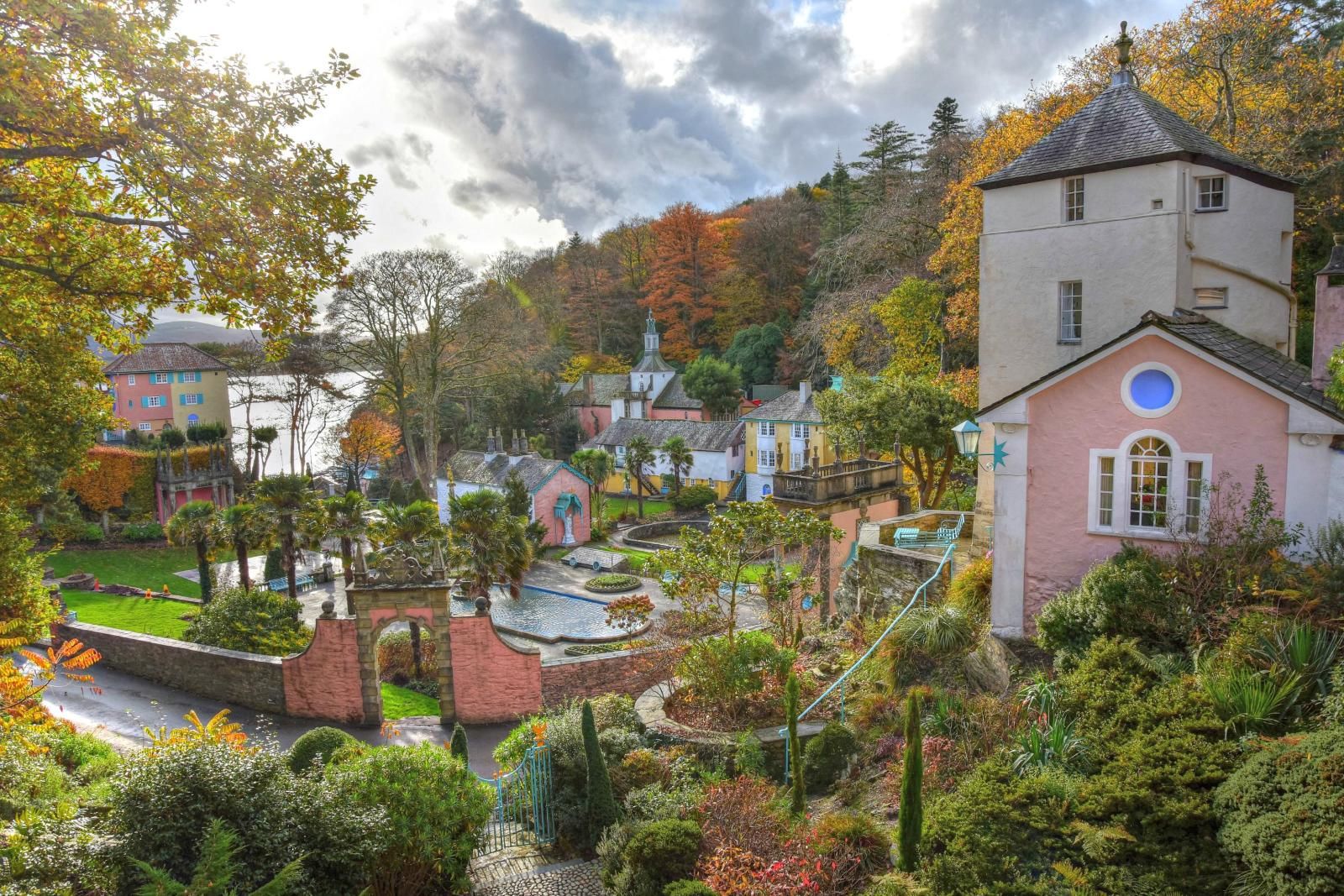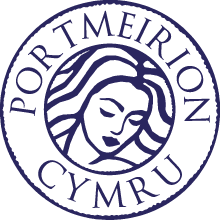
The concept of a tightly grouped coastal village had been envisaged by Sir Clough Williams-Ellis years before he found the site
Situated on a private peninsula overlooking stunning coastal scenery, the Italian Riviera meets rural Wales with a riot of colour and architectural styles at Portmeirion Village. Built by Sir Clough Williams-Ellis, Portmeirion is now one of Wales’ most popular tourist destinations.
Portmeirion Village is well known as the location for the 1960s cult TV series The Prisoner. It comprises a cluster of colour-washed buildings around a central piazza, scenic surroundings and extensive woodlands, two hotels, historic cottages, gift shops, spa & award winning restaurants.
The concept of a tightly grouped coastal village had been envisaged by Clough Williams-Ellis years before he found the site, close to his own home in North Wales, on which he managed to realise his dream. Portmeirion has become known as one of the most successful British architectural projects of the twentieth century.
Using an eco-friendly approach, he designed his architectural vision around a Mediterranean piazza. Endangered buildings and unwanted artefacts from all over the globe were transported and rebuilt to create a nest of loggias, grand porticoes and tiny terracotta-roofed houses, painted in bright colours.
The village was built over two phases, 1926 - 1939 and 1954 - 1976 by which time Clough was well into his 90s. Most buildings were designed and built by Clough but a few were transported from elsewhere such as the Town Hall, the Bristol Colonnade, and the facade of the Dome, originally the upper part of a Norman Shaw fireplace.
Learn more about Portmeirion’s fascinating story in our guide book, which is available to purchase in our Welcome Centre and shops or by downloading our app
No pets allowed (except registered guide or assistance dogs).












